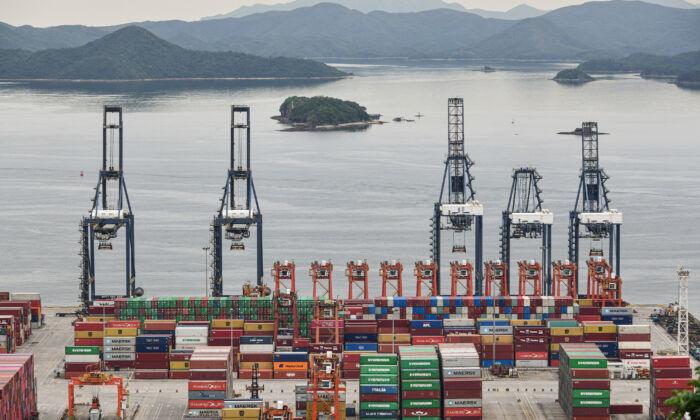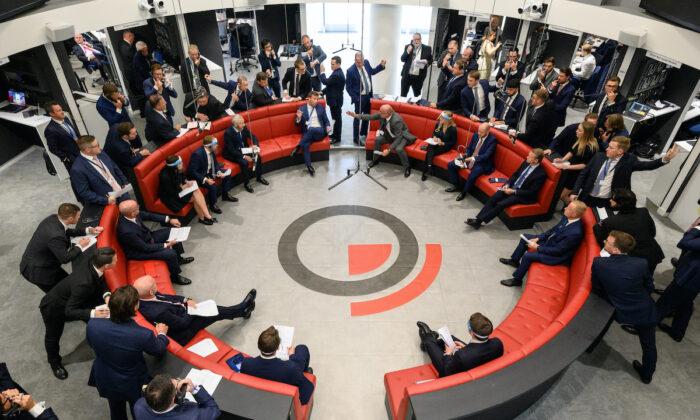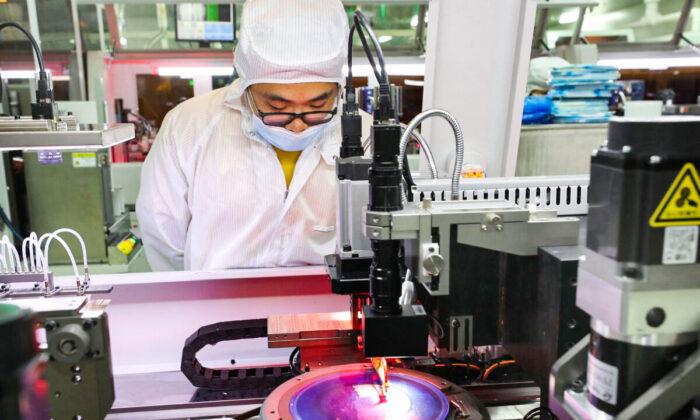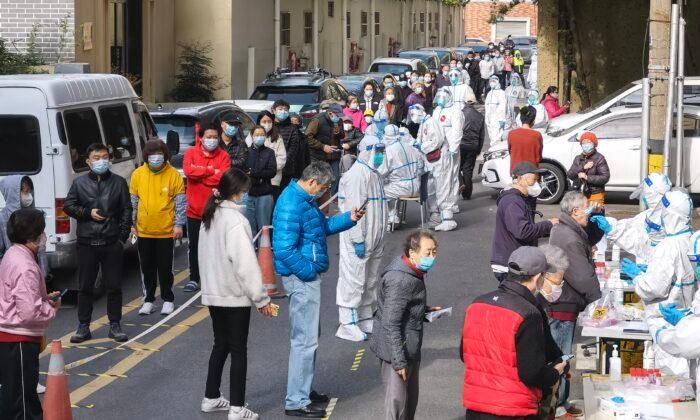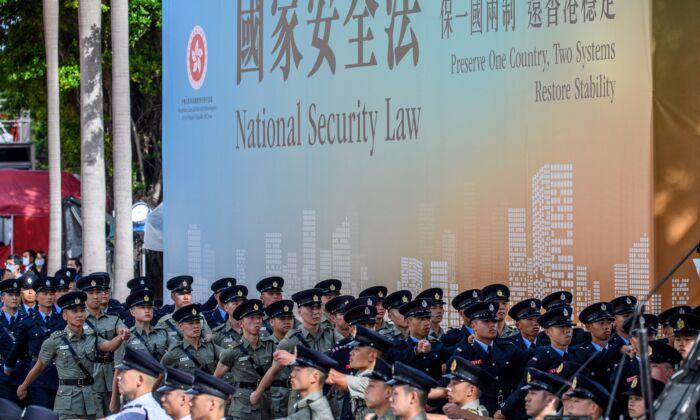On March 21, Shenzhen, which was under lockdown, announced temporary lifting of the lockdown, restoring order to production and daily life for a week. However, Shenzhen’s Yantian port soon became even more congested, adding to the bottlenecks in the global supply chain caused by the pandemic and the war between Russia and Ukraine.
On March 20, the Shenzhen COVID-19 Prevention and Control Command reported that from March 21 to 27, Shenzhen’s public transport and underground services would resume full operation, and government agencies and enterprises would resume normal work and production operations.
With factory production and logistics back to normal, congestion at Yantian Port in Shenzhen, the world’s fourth largest container terminal, soon worsened. According to Vesseltracker’s ship tracking data, there were 44 ships waiting to dock at Yantian Port in Shenzhen at 5 a.m. on March 23, many more than the 34 ships at Yantian Port in Shenzhen on March 16 during the city’s closure.
CNBC business analyst Lori Ann LaRocco said that although the Yantian port did not close during the lockdown, the cargo business has been shut down because the port not only needs to accept ships to port, but also needs people to drive trucks and transfer goods out of the warehouse—no labor means no trade.
Shipping giant Maersk estimated last week that the Chinese Communist Party’s COVID-19 test requirements for truck drivers along with stricter road controls between Shenzhen and nearby cities mean trucking services in the region could be seriously affected by 40 percent.
An employee of an electronics factory in Shenzhen told The Epoch Times on March 22 that after a week of city closures, Shenzhen has been devastated and logistics and production have been greatly affected, with his company not even paying wages. The staff in the WeChat group chat asked the boss “when to pay wages,” the boss was afraid to respond.
Poor Logistics Will Exacerbate US Inflation
China’s manufacturing sector accounts for about one-third of the world’s manufacturing industry, while Shenzhen is China’s manufacturing, technology, and logistics hub, the United States is the world’s largest consumer market. About 25 percent of sea cargo from China to the United States goes through Yantian Port, and 50 percent of Shenzhen’s exports and 90 percent of China’s electronic products go through Yantian Port.UCLA Anderson School of Management economist Professor Richard Yu told The Epoch Times that countries that need to import goods from China, especially the United States, are affected by the Shenzhen city closure.
He told The Epoch Times, “At the moment, Shenzhen has announced a temporary lifting of the closure for one week. If the city is locked down again due to the severity of the pandemic, it will create more uncertainty. These lifting restrictions and re-lockdowns would have very serious consequences for businesses and the global supply chain. A shortage of goods that need to be imported from China would exacerbate the most serious problem facing the U.S. today—inflation.”
Congestion at Western US Ports Worsens
The Chinese New Year holiday in February and city closures in Shenzhen and elsewhere this March gave western U.S. ports more time to breathe, with the busiest ports of Los Angeles and Long Beach finally getting a chance to handle their previously backlogged cargo.According to the Marine Exchange of Southern California (MESC), only 48 vessels called at the two ports on March 17, well below the record 109 vessels in early January.
However, Noel Hacegaba, deputy executive director of the Port of Long Beach, told Bloomberg on March 15 that the impact of the Shenzhen lockdown would affect the Los Angeles maritime hub.
In an interview with The Wall Street Journal on March 19, Gene Seroka, executive director of the Port of Los Angeles, predicted an influx of ships in the coming weeks.
A spokesman for the Port of Los Angeles said it is estimated that about 20 percent of the cargo coming into the U.S.’s busiest container terminal will come from Shenzhen.
‘Zero-Tolerance’ Policy Facing Criticism Again
According to investment research firm BCA Research, China’s pandemic situations pose an upside risk to the global inflation outlook. In addition to the direct impact of China’s economic slowdown on global economic activity, China’s pandemic blockade measures exacerbate global supply chain disruptions.According to Professor Yu, the Chinese Communist Party’s “zeroing out zero tolerance” policy is the most severe and worst pandemic prevention policy, which will have more negative impacts not only on China but also on Western economies. He believes that the CCP should review the “zeroing out” policy.
In addition, he believes that the CCP’s “Zero-COVID” policy will accelerate the global shift away from or reduce dependence on China’s manufacturing sector. In fact, he said that “this trend has been happening since the outbreak of the pandemic, if the Chinese Communist Party adopts a more stringent ‘Zero-COVID’ policy, it will accelerate this global resistance.”
